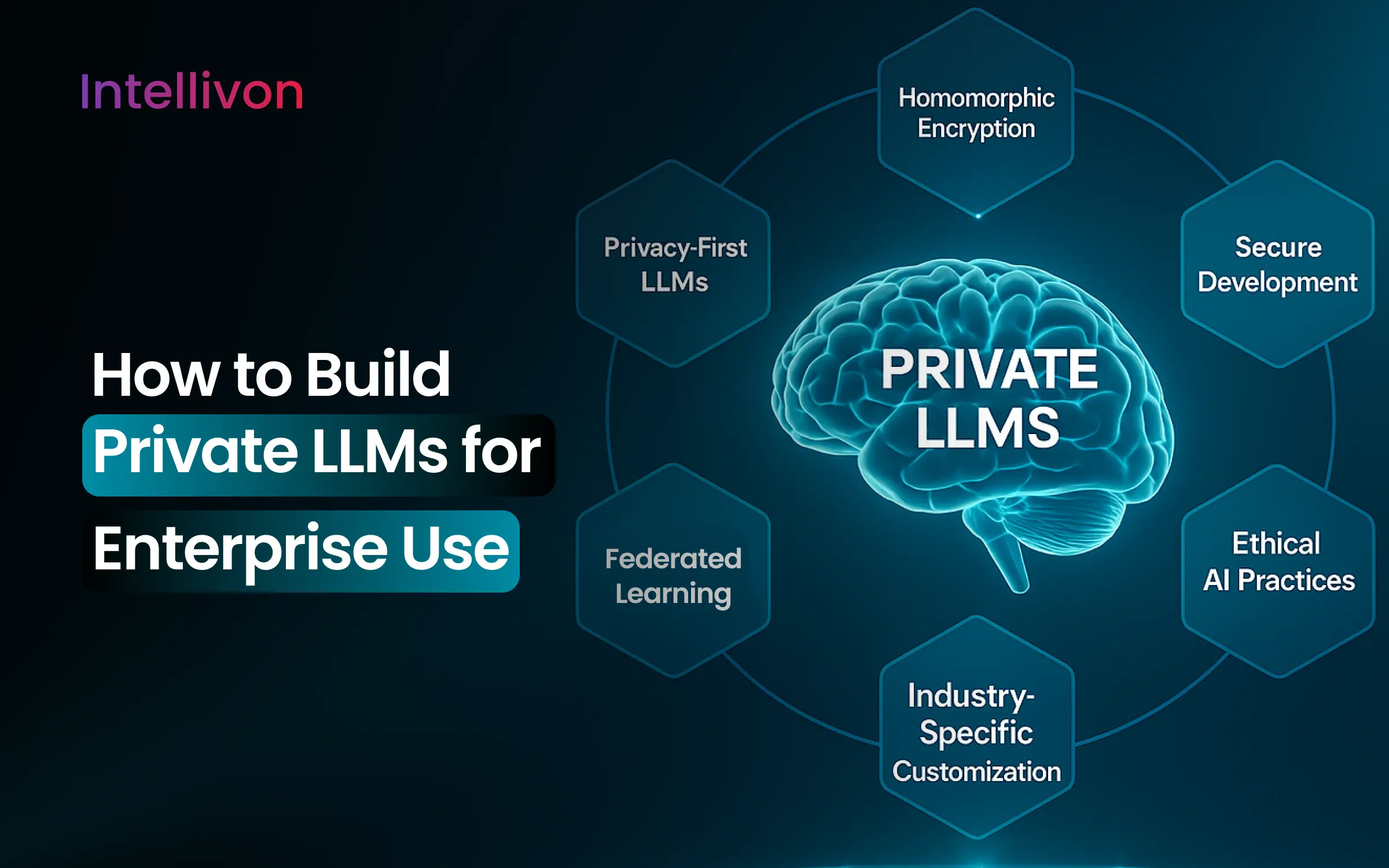SaaS vs. Custom AI: Which is the Right Fit for Your Regulated Business
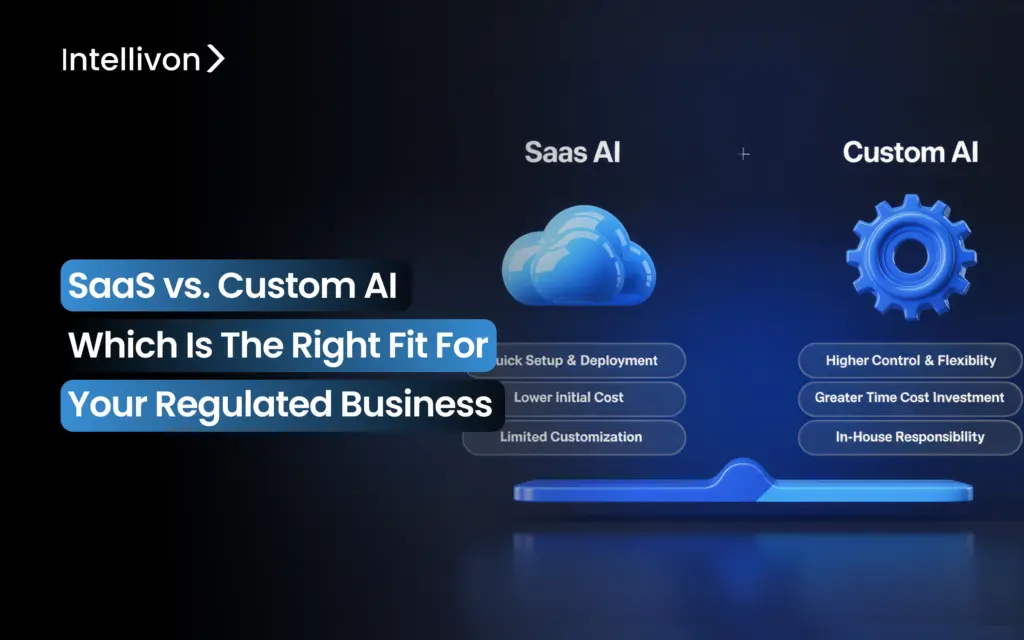
AI is transforming the regulated enterprise landscape with precision-based analytics, streamlined customer regulation support, and proper handling of proprietary data. 78% of regulated companies worldwide
Build or Buy? Your Guide to Choosing an Enterprise AI Chatbot
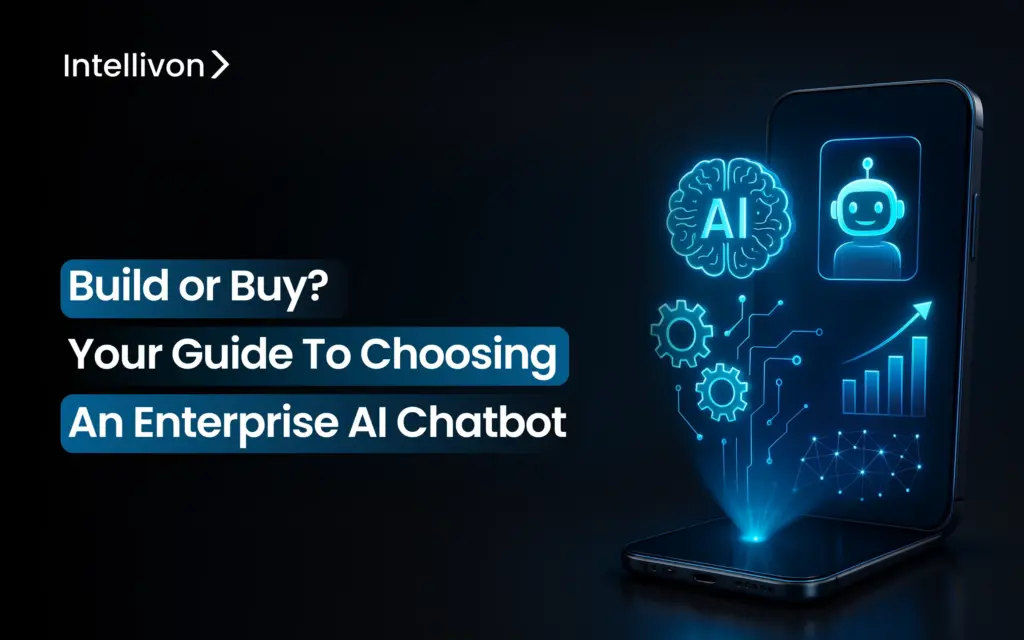
Many enterprise leaders are finding themselves caught in a maze of options when it comes to choosing the right AI chatbot. With so many solutions
How to Build and Implement a Model Context Protocol (MCP) for Enterprise AI
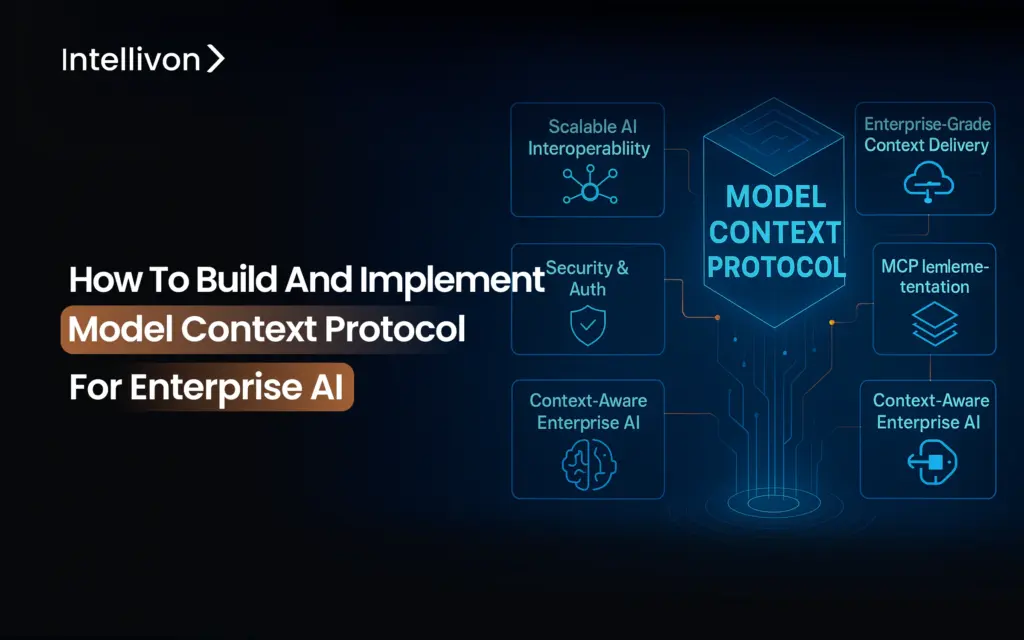
Generative AI has immense potential, but without access to enterprise CRM, ERP, or internal data systems, it’s just guessing its results. Many enterprises invest in
How to Build a Robust AI Governance Framework for Enterprises
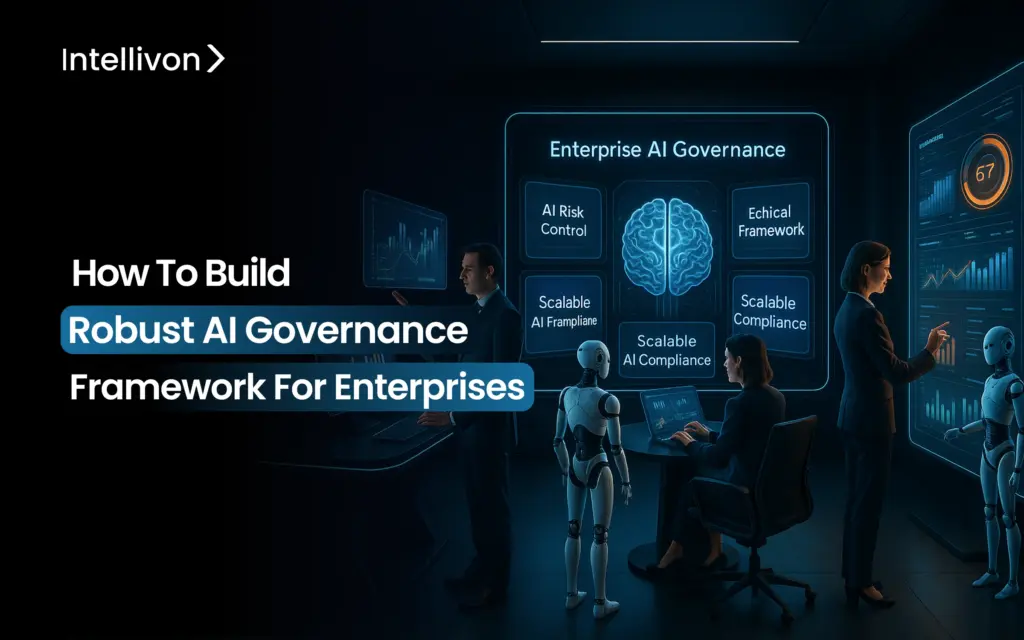
Enterprises today face growing pressure to ensure their AI systems are ethical, secure, and compliant with regulations. As AI becomes more integrated into every facet

